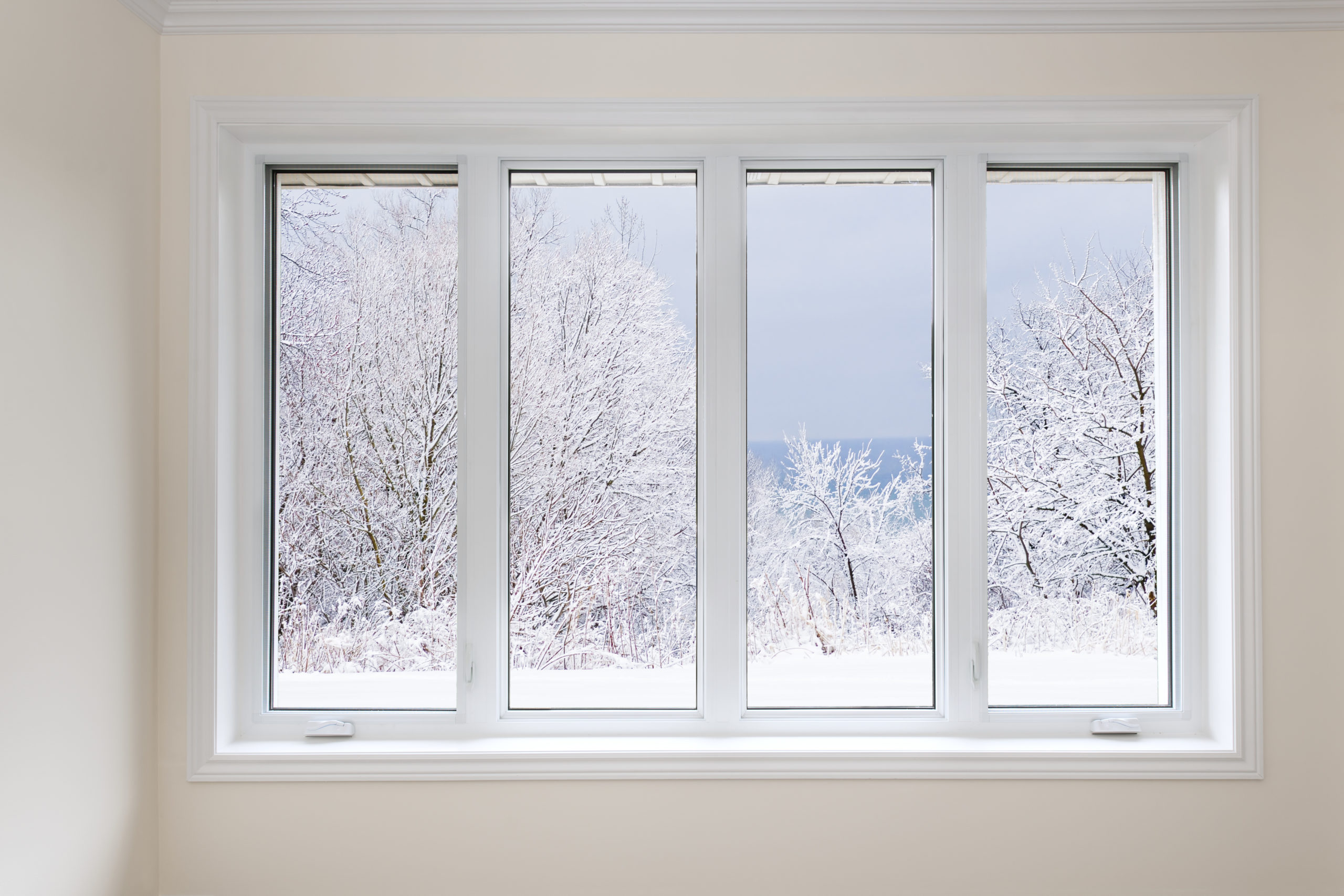One of the biggest factors when choosing windows is energy efficiency. Different window materials offer varying degrees of energy efficiency. The main options are wood, aluminum, vinyl, and fiberglass. In recent years vinyl and fiberglass have become the most popular options. Both are durable and attractive, but which one is more energy efficient?
Fiberglass Windows Are the Most Energy Efficient
Energy efficiency is an important factor when it comes to windows. If you have old windows, you could be losing money in the form of higher than necessary energy bills. And your heating and cooling systems may be working overtime to keep your home comfortable, meaning they will wear out faster and cost you more in repair and replacement. Replacing your old windows with fiberglass windows will reduce heat transfer in and out of your home.
Why Fiberglass is Energy Efficient
One of the biggest advantages of fiberglass is that it won’t expand and contract with fluctuating temperatures. Other window materials are more affected by changing temperatures, meaning they can develop gaps and spaces that will let air pass through. But fiberglass is a natural insulator that absorbs heat, preventing it from getting in or out of your home in every season.
Determining the Energy Efficiency of Windows
All windows have an NFRC label created by the National Fenestration Rating Council. This label provides information about the energy efficiency of the window. One number you will find on this label is the U-Factor, which measures the rate of heat loss for a window. The lower the U-Factor of a window, the more efficient it is. Fiberglass windows have the lowest U-Factor rating on the NFRC label than other window materials, even the highest quality vinyl windows.
Increase Window Efficiency By Adding Tint
You can make your fiberglass windows even more energy efficient with window tinting. Tint is a coating applied to the glass that decreases the amount of sunlight that can shine through. This helps to keep heat from passing through the glass. It can also lessen the glare of the sun on large windows that are difficult to cover with window treatments like blinds, shades, or curtains.
Fiberglass vs Vinyl: Pros and Cons
If you’re trying to decide between the two most common window materials, vinyl and fiberglass, here are the important differences.
Vinyl windows are less expensive than fiberglass. They offer a variety of colors and can be painted. Vinyl windows are durable and low maintenance, with a life expectancy of 20-40 years.
Fiberglass windows are more expensive than vinyl. But they offer greater energy efficiency and aesthetics. Fiberglass frames are thinner, exposing more of the glass and providing more natural light in your home. Fiberglass is extremely strong and will not expand and contract in fluctuating temperatures. The life expectancy of fiberglass windows is 50 years or more.
The right choice seems obvious. Fiberglass windows may be more expensive, but you’ll save money on your energy bills and get more years out of your windows.
How To Get Fiberglass Windows For Less
When you collect estimates for fiberglass windows, you will likely get a range of prices. But when you choose the right window installation company, you can get fiberglass windows for less. Zen Windows Twin Cities provides quality fiberglass windows for an equivalent price of what most window installers charge for top quality vinyl windows. How do we do this?
We offer a lifetime warranty on our windows and installation, but we rarely get a call back. Why? Because we take the time to install windows correctly the first time. We also keep our operation costs low with minimal advertising (we let our reputation speak for itself) and direct from the manufacturer purchasing of materials.
Call (763) 286-6871 or request a 5 minute quote today. We look forward to providing you with energy efficient windows that last.









